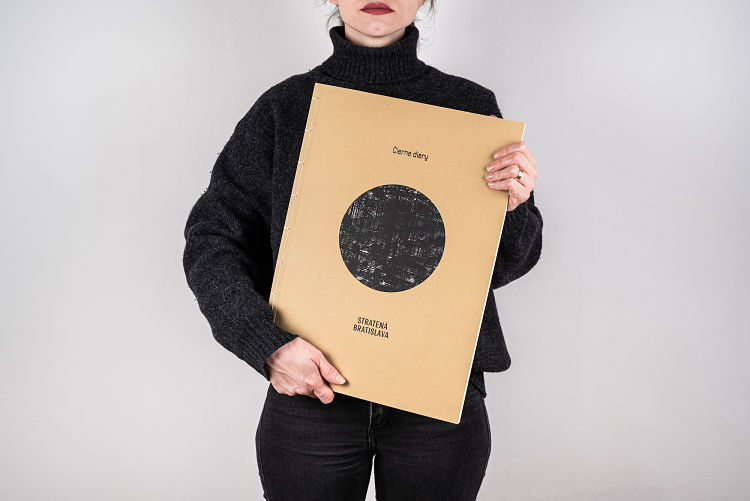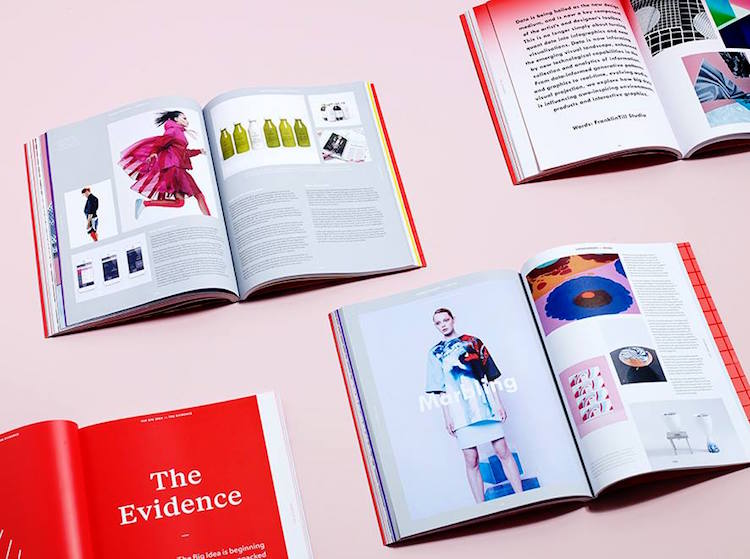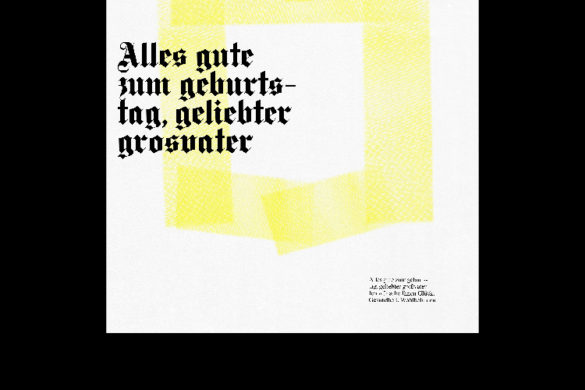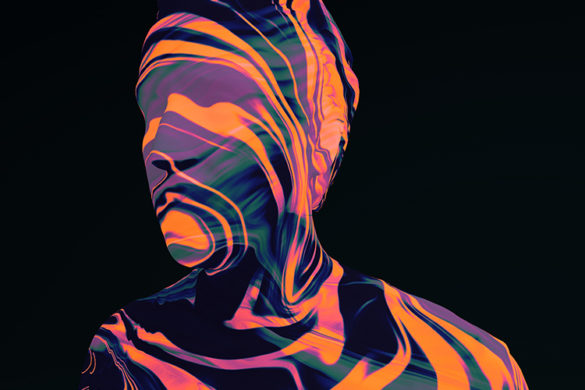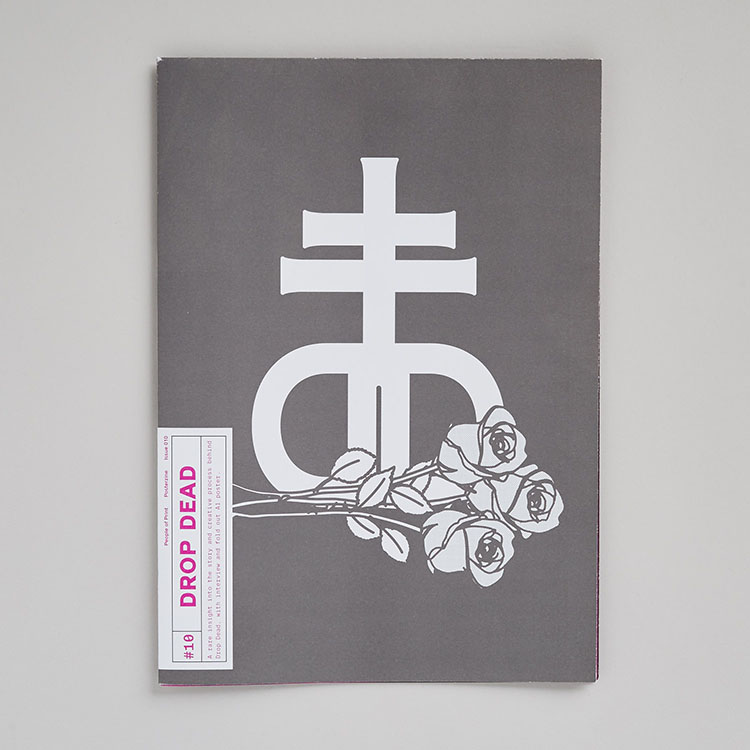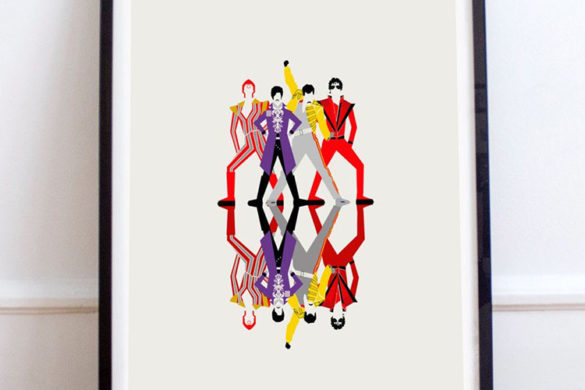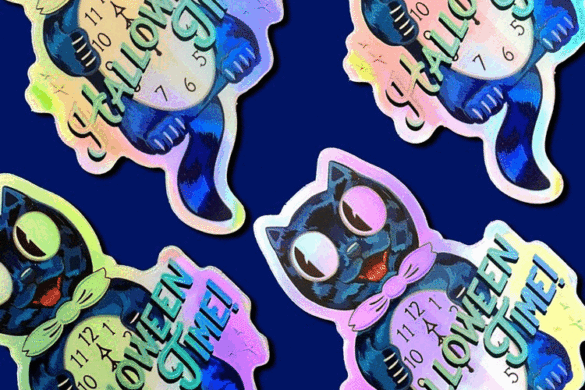Lost Bratislava is a Risograph-printed and Japanese hand-bound book made of 30 illustrations, and 1 custom font system, produced in and edition of 850 copies. All in all, the publication took a year to create, with just the printing process lasting an entire three months. This artistic endeavour was made possible in Bratislava, Slovakia by a group called Čierne Diery (The Black Holes) to showcase the disappearing world of industrial architecture in the Eastern European city. When it was finally published, Lost Bratislava sold-out within a few hours.
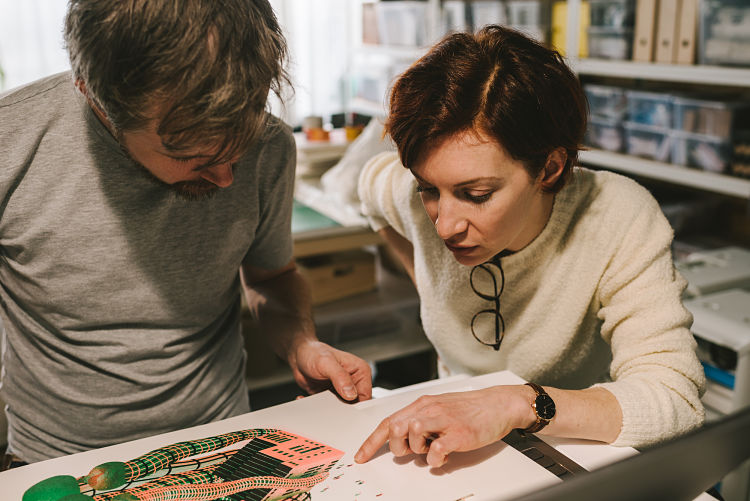
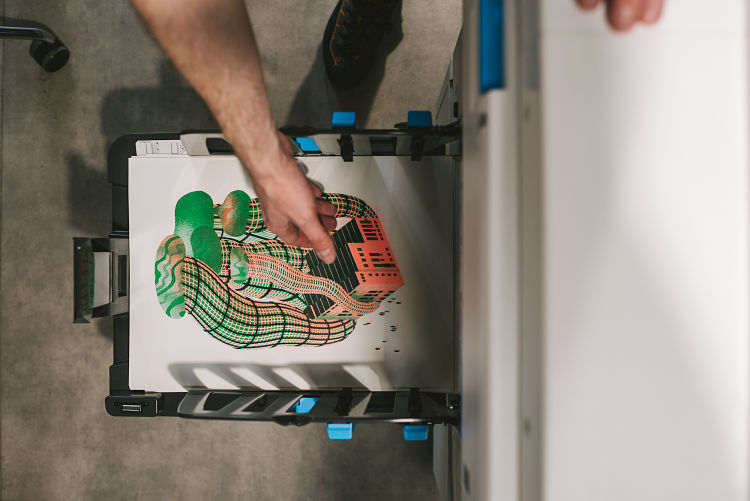 “I have never participated in a project that required such a great effort to be born,” says featured illustrator Daniela Olejníková, The members of Čierne Diery took an artistic approach to showcase, and eventually save, the overlooked architectural heritage of Slovakia. As well as travelling and collecting stories, they run an independent Risographic studio, working with more than 70 visual artists, illustrators, and graphic designers from Slovakia. Since 2015, Čierne Diery have created more than 200 artworks, expanding the series indefinitely. Acquired by the Slovak National Gallery, their Riso prints have become a collector’s phenomenon in Slovakia. Thousands of supporters have enabled the organisation to support multiple good causes on a regular basis.
“I have never participated in a project that required such a great effort to be born,” says featured illustrator Daniela Olejníková, The members of Čierne Diery took an artistic approach to showcase, and eventually save, the overlooked architectural heritage of Slovakia. As well as travelling and collecting stories, they run an independent Risographic studio, working with more than 70 visual artists, illustrators, and graphic designers from Slovakia. Since 2015, Čierne Diery have created more than 200 artworks, expanding the series indefinitely. Acquired by the Slovak National Gallery, their Riso prints have become a collector’s phenomenon in Slovakia. Thousands of supporters have enabled the organisation to support multiple good causes on a regular basis.
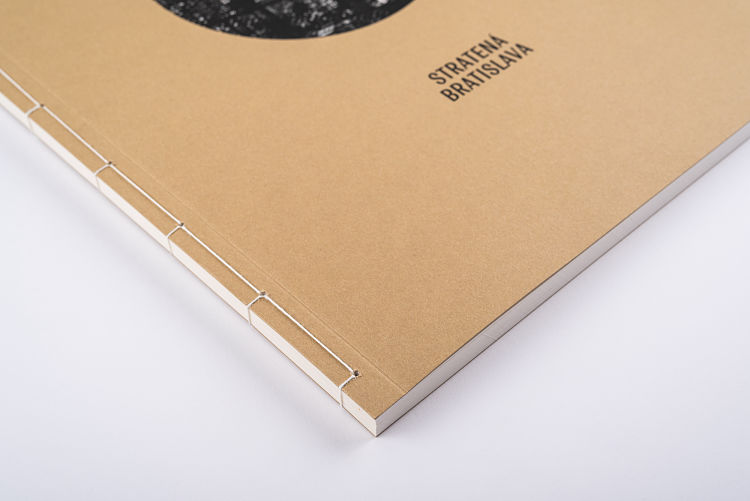 In Bratislava, centuries-old factories including Kablo, Gumon, Klinger, and Siemens were dismantled; colonies of residential houses disappeared when demolition machines came and decisions were made too fast. Some monuments remained only partially, yet some still stand with a questionable future. Lost Bratislava pays tribute to these monuments, reviving them in illustrations by Daniela Olejníková. Although it was a challenge to draw these unique monuments within the context of a single narrative, Daniela was able to cohesively present them in a way where each motif still exemplified its own unique idea and history. The individual graphics were also published on their own, creating approximately 200 pieces in all. Čierne Diery used the profits from the book to fund the renovation of a manor house in Jelšava, which will be made available for future functions and public use.
In Bratislava, centuries-old factories including Kablo, Gumon, Klinger, and Siemens were dismantled; colonies of residential houses disappeared when demolition machines came and decisions were made too fast. Some monuments remained only partially, yet some still stand with a questionable future. Lost Bratislava pays tribute to these monuments, reviving them in illustrations by Daniela Olejníková. Although it was a challenge to draw these unique monuments within the context of a single narrative, Daniela was able to cohesively present them in a way where each motif still exemplified its own unique idea and history. The individual graphics were also published on their own, creating approximately 200 pieces in all. Čierne Diery used the profits from the book to fund the renovation of a manor house in Jelšava, which will be made available for future functions and public use.
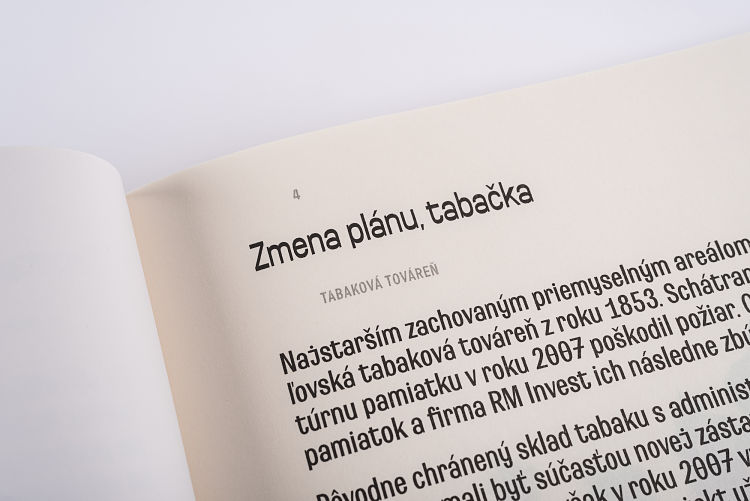
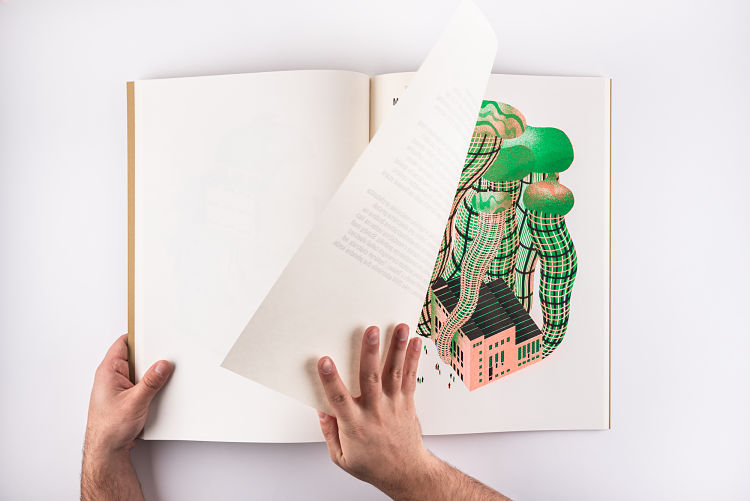 Lost Bratislava was printed on two Risographic machines (Riso RP 3700 and Riso MF 9350) in Nová Cvernovka, the cultural centre in Bratislava. “Working with the Riso is always a bit of a lottery and often brings unexpected but interesting results. Being printed with soy and rice colors through a stencil made of banana peels can cause various imperfections to arise, but they do have their charm,” describe the Čierne Diery team. Turning the pages of the book reminds the reader of that ceremonial, slow feeling of going through old photo albums. A story forms in front of the readers’ eyes, showcasing the process and extra care put into its creation.
Lost Bratislava was printed on two Risographic machines (Riso RP 3700 and Riso MF 9350) in Nová Cvernovka, the cultural centre in Bratislava. “Working with the Riso is always a bit of a lottery and often brings unexpected but interesting results. Being printed with soy and rice colors through a stencil made of banana peels can cause various imperfections to arise, but they do have their charm,” describe the Čierne Diery team. Turning the pages of the book reminds the reader of that ceremonial, slow feeling of going through old photo albums. A story forms in front of the readers’ eyes, showcasing the process and extra care put into its creation.
The book was entirely printed on Fedrigoni Materica Kraft, Freelife Vellum, and Arcoprint Edizioni. Graphic designer and author Michal Tornyai created the whole type system, called Diery, specifically for Lost Bratislava, taking inspiration from the typefaces of the industrial revolution. Texts about endangered history were written by Martin Lipták (Čierne Diery) and Veronika Chládeková (The Club for the Protection of Technical Monuments).
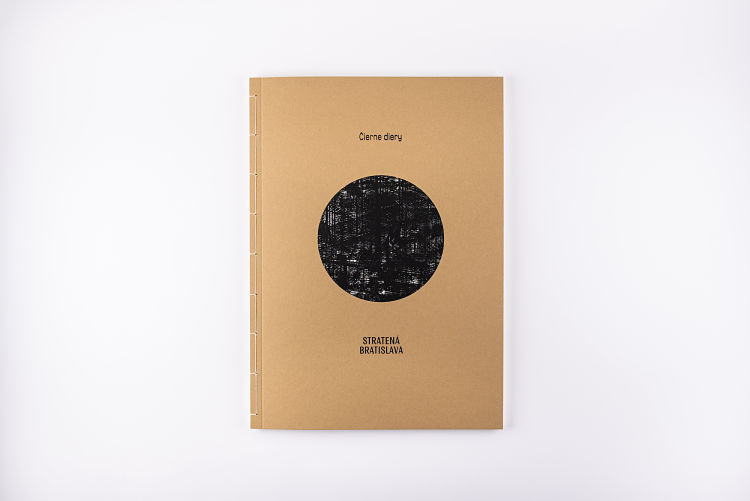 After the printing, 15 students from The Academy of Fine Arts and Design in Bratislava spent 2 days sorting through 66 piles of paper to find the “good” prints to include in the final edition. Individual papers were then hand-bound with a Japanese binding technique by women from one of the last workshops of its kind in Bratislava, Bookbinding Studio J + D. Waste-paper and leftovers from the process were also re-used and hand-bound in a series of six Makula (derived from the word maculature) books. These books provide a new perspective on the well-known graphics of Čierne Diery. Three of the books have been been archived, and three of them auctioned, raising around 6000 euros each to also go towards the manor house renovation. Since the beginning of Čierne Diery’s publishing activities in 2015, they have archived almost all paper waste with printing errors. Some scraps ended up working very well as ready made covers for zines, and some were even turned into envelopes to send parcels containing upcycled fashion by Slovak brand, Bagbet.
After the printing, 15 students from The Academy of Fine Arts and Design in Bratislava spent 2 days sorting through 66 piles of paper to find the “good” prints to include in the final edition. Individual papers were then hand-bound with a Japanese binding technique by women from one of the last workshops of its kind in Bratislava, Bookbinding Studio J + D. Waste-paper and leftovers from the process were also re-used and hand-bound in a series of six Makula (derived from the word maculature) books. These books provide a new perspective on the well-known graphics of Čierne Diery. Three of the books have been been archived, and three of them auctioned, raising around 6000 euros each to also go towards the manor house renovation. Since the beginning of Čierne Diery’s publishing activities in 2015, they have archived almost all paper waste with printing errors. Some scraps ended up working very well as ready made covers for zines, and some were even turned into envelopes to send parcels containing upcycled fashion by Slovak brand, Bagbet.
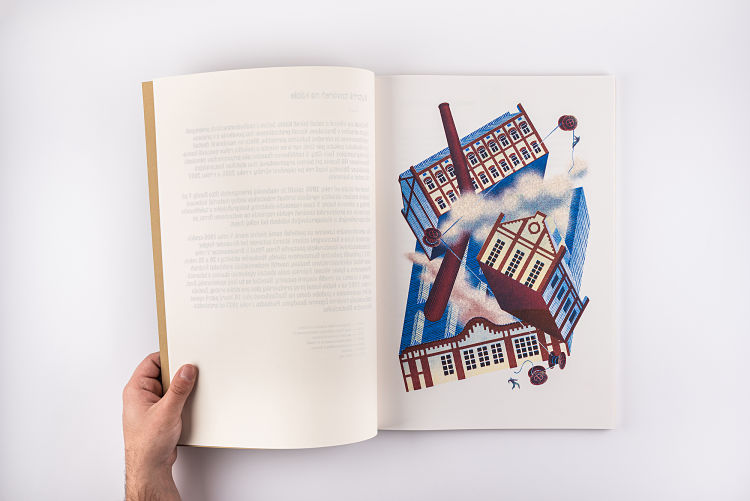 The project has won multiple awards, including the Slovak Design Award, where it enchanted the international jury.
The project has won multiple awards, including the Slovak Design Award, where it enchanted the international jury.
www.ciernediery.sk
@ciernediery
- Shoemona - February 16, 2025
- Studio Kars + Boom Present New Collection at Object 2025 - February 15, 2025
- Call for Artists | Scazzamurìdde Artist Residency - February 15, 2025

